When you leave your home or office for an extended period of time, you make sure the door is locked, often with multiple locks. Why should your accounts that protect valuable business data be any different?
Using a traditional username and password combination is no longer a sufficient security measure to keep intruders out of your accounts.
With data breaches exposing nearly 8 billion records per year, odds are the go-to password that you recycle for all of your login accounts has been compromised.
Cyber criminals are using those compromised passwords to create credential stuffing attacks, attempting to access other accounts using previously compromised information.
So, how can you keep your data secure? Enter multi-factor authentication (MFA).

